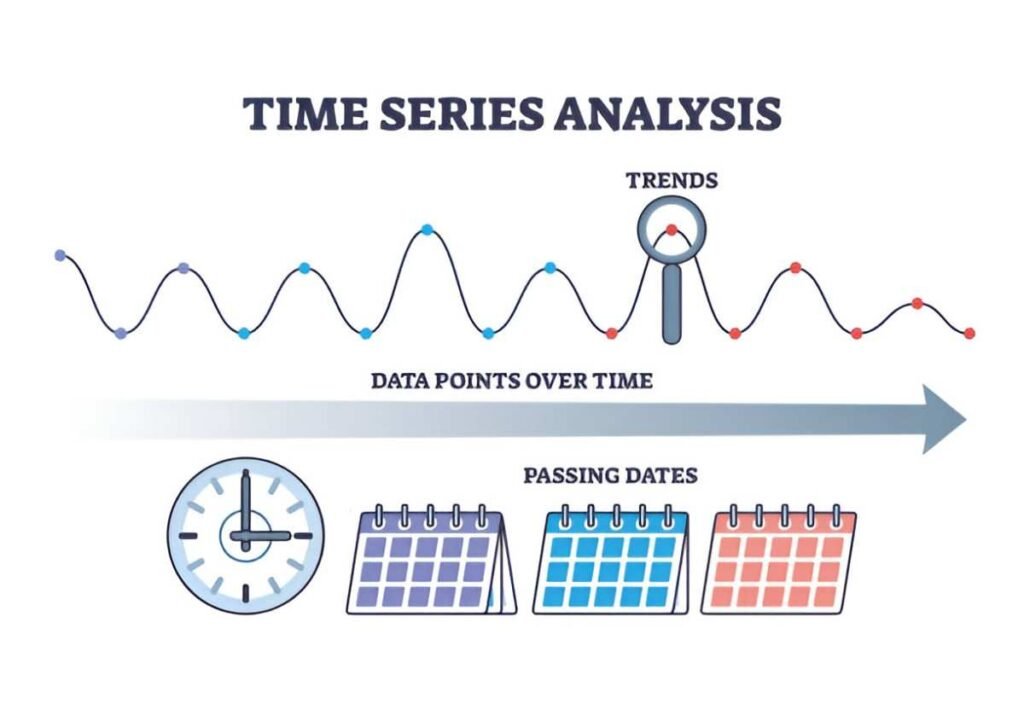Introduction
In financial decision-making, data plays a fundamental role. The ability to analyze vital statistics enables me to assess financial health, predict trends, and make sound investment or business choices. In this article, I explore key financial statistics, their relevance, and how I use them to make better financial decisions. I also include calculations and examples to illustrate their application.
Table of Contents
Understanding Vital Financial Statistics
Financial statistics include quantitative data that help evaluate financial stability, risk, and growth potential. These statistics derive from financial statements, economic indicators, and market data.
1. Revenue and Profitability Metrics
a) Gross Profit Margin
Gross profit margin measures profitability after accounting for the cost of goods sold (COGS). It is calculated as:
\text{Gross Profit Margin} = \frac{\text{Revenue} - \text{COGS}}{\text{Revenue}} \times 100 %For example, if a company has revenue of $500,000 and COGS of $300,000:
\frac{500,000 - 300,000}{500,000} \times 100 = 40 %A higher margin indicates better efficiency in production or service delivery.
b) Net Profit Margin
Net profit margin shows the percentage of revenue remaining after all expenses, including taxes and interest:
\text{Net Profit Margin} = \frac{\text{Net Income}}{\text{Revenue}} \times 100 %If net income is $50,000 for revenue of $500,000:
\frac{50,000}{500,000} \times 100 = 10 %Comparing net profit margins over time or across competitors helps assess operational efficiency.
2. Liquidity Ratios
Liquidity ratios assess a company’s ability to meet short-term obligations.
a) Current Ratio
The current ratio compares current assets to current liabilities:
\text{Current Ratio} = \frac{\text{Current Assets}}{\text{Current Liabilities}}If current assets are $200,000 and current liabilities are $100,000:
\frac{200,000}{100,000} = 2.0A ratio above 1.0 indicates sufficient liquidity.
b) Quick Ratio (Acid-Test Ratio)
The quick ratio excludes inventory from assets, offering a stricter liquidity measure:
If inventory is $50,000:
\frac{200,000 - 50,000}{100,000} = 1.5A higher quick ratio suggests better short-term financial health.
3. Leverage Ratios
Leverage ratios evaluate a company’s debt levels relative to assets or equity.
a) Debt-to-Equity Ratio
This ratio measures financial leverage:
\text{Debt-to-Equity Ratio} = \frac{\text{Total Debt}}{\text{Shareholder's Equity}}If total debt is $300,000 and equity is $200,000:
\frac{300,000}{200,000} = 1.5A higher ratio indicates higher financial risk.
b) Interest Coverage Ratio
The interest coverage ratio assesses a company’s ability to pay interest expenses:
\text{Interest Coverage Ratio} = \frac{\text{EBIT}}{\text{Interest Expense}}If EBIT is $100,000 and interest expense is $20,000:
\frac{100,000}{20,000} = 5.0A ratio below 2.0 signals potential financial distress.
4. Efficiency Ratios
a) Asset Turnover Ratio
This ratio indicates how efficiently a company uses assets to generate revenue:
\text{Asset Turnover Ratio} = \frac{\text{Revenue}}{\text{Total Assets}}If revenue is $500,000 and assets are $250,000:
\frac{500,000}{250,000} = 2.0A higher ratio suggests better asset utilization.
b) Inventory Turnover Ratio
This ratio measures how often inventory is sold and replaced:
\text{Inventory Turnover Ratio} = \frac{\text{COGS}}{\text{Average Inventory}}If COGS is $300,000 and average inventory is $75,000:
\frac{300,000}{75,000} = 4.0A higher turnover ratio indicates efficient inventory management.
5. Market Valuation Ratios
a) Price-to-Earnings (P/E) Ratio
The P/E ratio compares a company’s stock price to earnings per share (EPS):
\text{P/E Ratio} = \frac{\text{Stock Price}}{\text{Earnings Per Share}}If stock price is $50 and EPS is $5:
\frac{50}{5} = 10A lower P/E suggests an undervalued stock.
b) Dividend Yield
This ratio measures annual dividends relative to stock price:
\text{Dividend Yield} = \frac{\text{Annual Dividend per Share}}{\text{Stock Price}} \times 100 %If annual dividend is $2 and stock price is $40:
\frac{2}{40} \times 100 = 5 %Higher yields attract income-focused investors.
Conclusion
Understanding vital financial statistics enables me to make better financial decisions. By analyzing profitability, liquidity, leverage, efficiency, and market valuation ratios, I can assess a company’s financial health. Using these metrics, I can compare companies, evaluate risks, and optimize investment strategies. Financial decision-making requires data-driven insights, and these statistics provide a foundation for informed choices.





